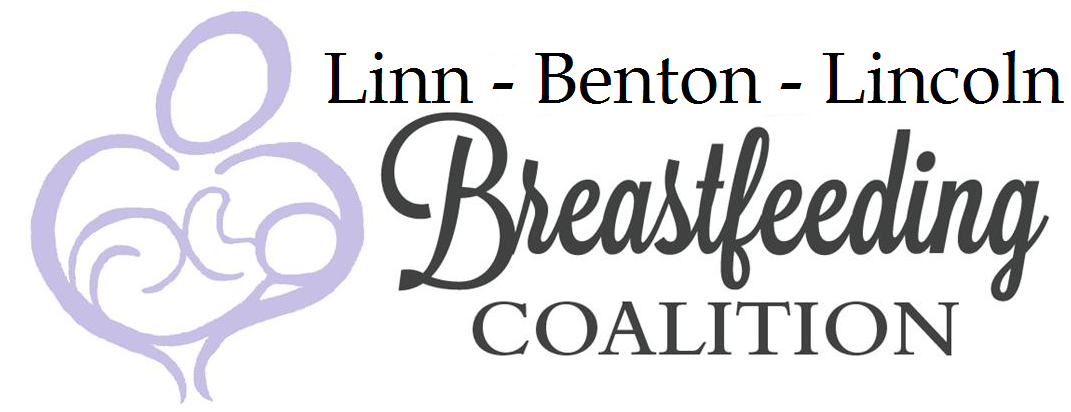Many breastfeeding mothers need to or choose to express breastmilk at some point during their breastfeeding journey. Many use breastpumps, though some prefer hand expression or milk collection devices to collect leaked milk. Many women pump while they are away from their babies for work or school, while others pump to increase their milk supply. Some choose to pump their milk and donate it to babies whose mothers can’t produce enough. Some mothers with babies who are born somewhat early, often called late preterm babies, use a technique called triple feeding to make sure their babies take in enough breastmilk while they wait for them to mature enough to be able to breastfeed exclusively. The three steps of triple feeding are: 1. Feed the baby at the breast. 2. Simultaneously pump both breasts with a double electric breastpump. 3. Feed some of this expressed breastmilk to baby via bottle. This cycle is generally repeated every 3 hours. Triple feeding is a lot of work and many women find it cumbersome or overwhelming.
Parallel pumping is a technique described in an article called Maternal Satisfaction With Parallel Pumping Technique by Kathleen McCue and Michelle Stulberger in a recent issue of Clinical Lactation. This technique aims to make triple feeding more manageable by combining two of the steps. The technique involves using a breastpump to pump one breast while simultaneously breastfeeding baby on the other. They recommend using a pumping bra to hold the pump in place, then latching baby to the other breast. Because the women in their study were pumping to maintain or increase milk supply for late preterm babies, they recommended using a hospital grade multi user breastpump. For mothers who want to use this technique for donating or for having some extra milk in the freezer, the regular double electric pump issued by insurance may be adequate.
Mothers who are triple feeding may want to use the parallel pumping technique every feeding. Others may only want to do this a few times a day, or only when they happen to need some extra milk. A blog post at The Leaky Boob.com explains the technique and has a few pictures.
According to the article Clinical Lactation, many mothers found this technique easier to manage and more efficient than triple feeding. In theory it may also increase milk production since women may experience a stronger let down reflex for the pump while they are also breastfeeding than they do when pumping alone. I hope that this technique will become more widely known and accepted as an alternative to triple feeding, and also for mothers who are pumping for other reasons.
